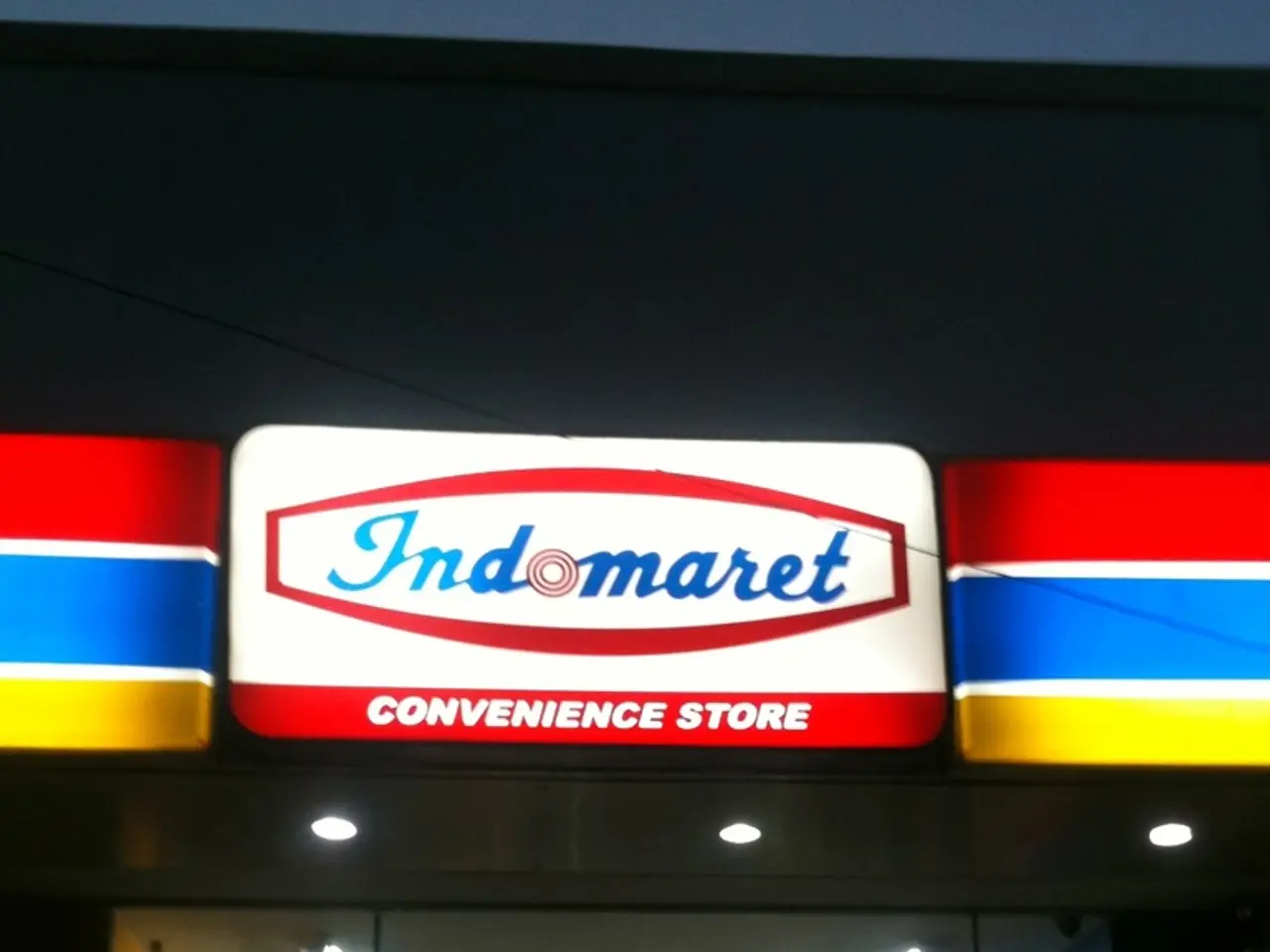Digital Industry Insights: Key Components for OEM Online Car Sales Prosperity
Building a Future-Ready Digital Retailing Platform in the Automotive Industry
The automotive industry is undergoing a significant transformation, with consumer expectations for online options, transparency, personalization, and seamless transitions across all channels driving the need for a future-ready digital retailing (DR) platform.
The goal of digital retailing is to connect people, systems, and processes across every touchpoint, ensuring operational agility for Original Equipment Manufacturers (OEMs) as the industry shifts towards direct sales, electric vehicle adoption, and new dealer roles. However, many existing DR platforms are not equipped to support strategic shifts such as evolving sales models, expanding global footprints, or the operational complexity of electrification.
To address these challenges, OEMs should focus on building a cohesive DR platform that aligns systems, processes, and touchpoints to support the complete buying lifecycle of the modern auto buyer. Here are key strategies for building a future-ready DR platform:
- Seamless, end-to-end digital retail workflows: Platforms should enable customers to start their vehicle purchase online and continue seamlessly in-store without losing progress. This includes integrating shopping experience, virtual desking, payment calculation, and finance & insurance options.
- Data integration and AI-driven personalization: Leveraging customer data platforms (CDPs) and integrating AI enables deep personalization based on demographics, purchase history, and online behavior. This drives targeted marketing, personalized offers, and improved customer engagement. AI tools also improve pricing, inventory management, and customer service, enhancing satisfaction and profitability.
- Omnichannel capabilities for a global footprint: The platform must support diverse sales models, including new and used vehicle sales, online marketplaces, and integration with dealership operations across regions. Enabling inventory visibility, vehicle appraisal, and sourcing with real-time data and AI-powered inspection tools helps scale and handle complex, multinational retail networks.
- Modernized operational technology and processes: Updating traditionally manual workflows, such as title processing, to digital solutions reduces delays and costs, increasing operational efficiency and improving the overall customer experience. Centralized operations with cross-store technology platforms help manage overhead and inventory effectively in a competitive environment.
- Standardization and certification for data and analytics: Utilizing platforms certified by industry standards ensures credible, consistent data reporting and analytics, helping dealerships harness their data effectively for better decision-making and customer experiences.
These strategies collectively enable automotive companies to build DR platforms that are adaptable, customer-centric, and operationally efficient—key for competing in a rapidly evolving global automotive market. A modern DR platform must be modular, able to support regional regulations, tax rules, languages, and fulfillment models without custom builds for efficient localization.
Inconsistency and disconnection between digital and physical environments in the automotive industry is costing brands more than just convenience; it's costing loyalty. To thrive, digital retailing must become a core capability that reflects how people actually want to buy cars. Personalization is expected in digital retailing, with AI-driven pricing engines and dynamic workflows surfacing the right offers at the right time to build trust and improve conversion.
The integration of DR platforms should ensure that OEMs retain visibility and control across the entire purchase flow, even when it crosses organizational boundaries. A future-proof DR system should integrate easily with Dealership Management Systems (DMS), Customer Relationship Management (CRM), Enterprise Resource Planning (ERP), and other systems via open APIs for faster updates, cleaner data, and alignment across retail networks.
In conclusion, a successful digital retailing strategy is not just about having the right tools but how well everything works together to meet rising customer expectations and support evolving sales models. The lack of adequate digital retailing platforms leads to frustrated consumers, under-leveraged dealer networks, and missed revenue opportunities. To deliver consistent, scalable, and brand-aligned experiences, OEMs must rethink the architecture of digital retailing, focusing on aligning systems, processes, and touchpoints to support the complete buying lifecycle.
The automotive industry's digital retailing (DR) platforms require enhancement to support strategic shifts, such as financing options tailored for the industry's evolving sales models. (finance)
To address the operational complexity of electrification and expand global footprints, a cohesive DR platform should include robust omnichannel capabilities and AI-driven personalization. (technology, 'dealer network', 'industry')




